Well, I guess it is spring.
One of the things I love about this city is how green it is. Not the city city but the hills surrounding it – houses peaking out from amongst the trees, it looks incredible. Love it. And then there’s the Karori Wildlife Sanctuary and Otari Wilton Bush that are incredible conservation areas just 10 minutes from the city centre.
Anyway, the point of all this was to let you know about DOC’s Conservation Week, the Wellington Spring Festival including the tulip displays at the Botanic Gardens. Wellington Botanic Society are exploring the mysteries of lancewood at their September talk (despite two years of trying, I haven’t made it to a single event of their’s…I will keep trying).
And don’t forget Seedy Sunday in Kapiti on September 20. A chance to swap your seeds, plants and produce and learn a little about gardening and about your local community. Brooklyn Transition Towns also have a seed swap that day.

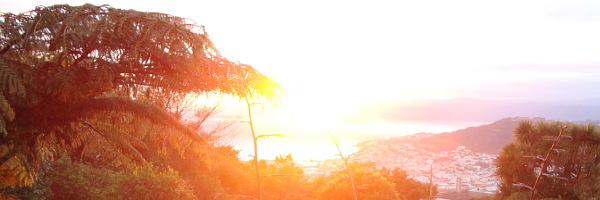
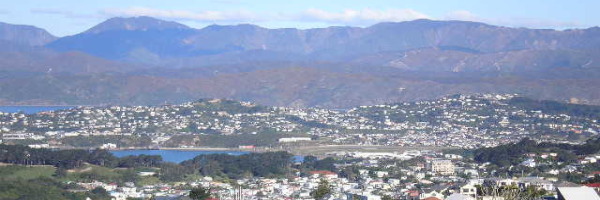





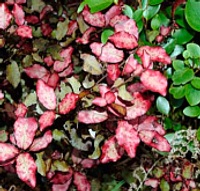
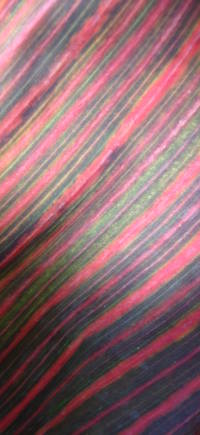 Terrific work is happening in the recording of traditional food knowledge (TFK) from indigenous people around the world. TFK refers to the cultural tradition of sharing food, recipes and cooking skills and techniques and passing down that collective wisdom through generations. I see this as a very important for two reasons:
Terrific work is happening in the recording of traditional food knowledge (TFK) from indigenous people around the world. TFK refers to the cultural tradition of sharing food, recipes and cooking skills and techniques and passing down that collective wisdom through generations. I see this as a very important for two reasons: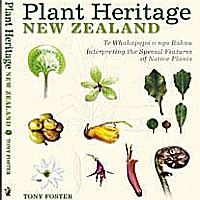 One of my botany heroes is Tony Foster. He’s been studying, caring for, guiding through and teaching about the New Zealand bush for over 30 years. I’m sure that this long-awaited book will be brimming with the same kind of quality content and beautiful images that his
One of my botany heroes is Tony Foster. He’s been studying, caring for, guiding through and teaching about the New Zealand bush for over 30 years. I’m sure that this long-awaited book will be brimming with the same kind of quality content and beautiful images that his  You can tell that summer and the festive season are here. It’s difficult to miss with the tell-tale red lights of the pohutukawa (Metrosideros excelsa) signalling the way. The pohutukawa is also known as the New Zealand Christmas Tree because of the beautiful crimson display that flares at the end of November and right through January.
You can tell that summer and the festive season are here. It’s difficult to miss with the tell-tale red lights of the pohutukawa (Metrosideros excelsa) signalling the way. The pohutukawa is also known as the New Zealand Christmas Tree because of the beautiful crimson display that flares at the end of November and right through January.